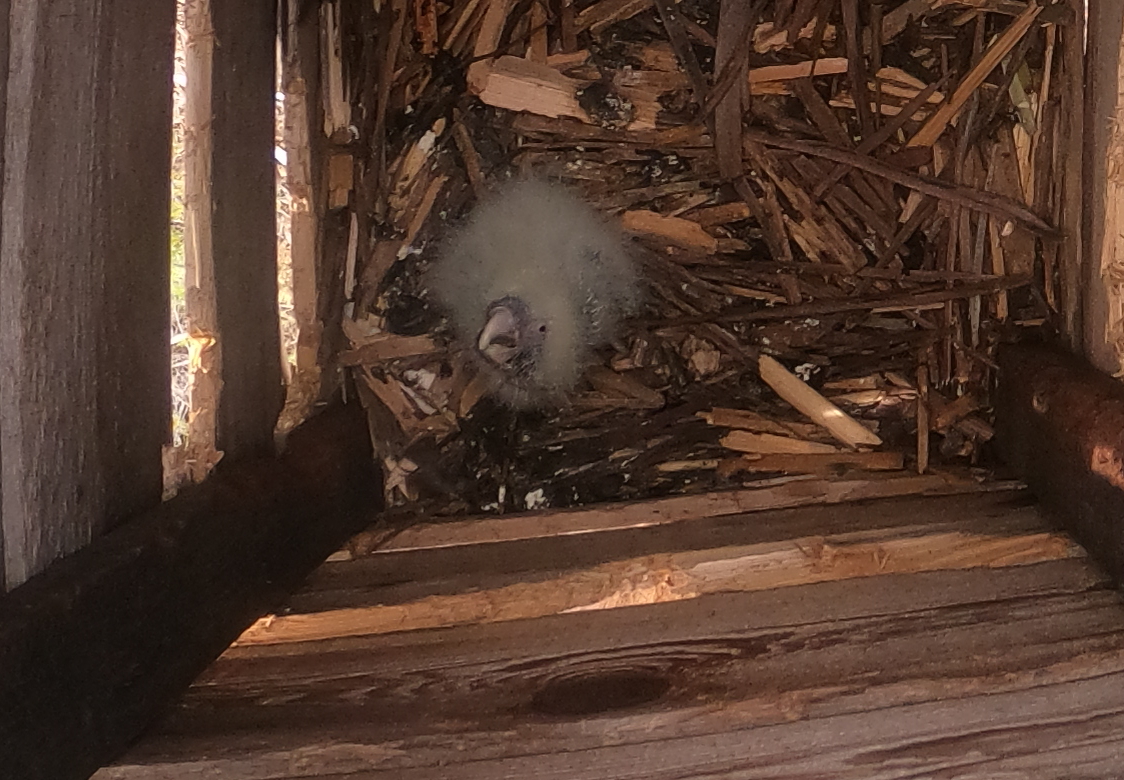The team at Wheatbelt NRM have been out and about surveying black-cockatoo nesting locations around the region. We are super excited to report back some of the nesting successes!
Black-cockatoos require decent sized trees to provide functional hollows and proximity to appropriate food and water. We use a variety of indicators to understand the likelihood of breeding in each location – observed black-cockatoo behaviours around potential hollows, markings around nesting locations from the females creating chipping for the base of the nest, residual evidence of feeding below nesting hollows and so on.
But perhaps our most valuable source of information has been you our community helping provide information on black-cockatoo distribution and breeding locations around the region. We are still receiving updated information from you for each site so please keep it up. If you would like to participate feel free to reach out to us or follow this link for more information www.wheatbeltnrm.org.au/whats-happening/news/healthy-environments/how-many-carnabys-tree . A huge thanks for providing us with survey information and pointing us in the right direction.
Understanding where black-cockatoos are hanging out in the region, at various points in time throughout the year, is key to us identifying locations for survey effort. Our current understanding is that black-cockatoos are breeding in the Wheatbelt generally between September and January each year. Inevitably there will be variations on this timeframe for certain geographic locations – the more we are able to survey the more we learn and are able to be a little more accurate in our understanding and decision making.
In some cases, we’re able to get on-site with an extendable pole mounted camera and - after providing enough notice to the potential residents – we can sometimes get a glimpse of how the breeding attempts are going. Here are a couple of pictures and link to footage from a recent outing in the Wheatbelt checking in on a couple of nest boxes.

The pole-mounted camera is an invaluable asset in identifying nesting locations as hollows which present as an ideal looking house from the ground often turn out to be too shallow upon closer inspection with the camera. While collecting cool footage like that shown here has a high feel-good factor, more importantly, it helps us understand and track breeding attempt success for each nest. This in turn allows to us direct resourcing into the right locations with a view to improving breeding success site by site. We need to be monitoring now during the breeding season to inform decision making around where to work in the offseason in preparation for next year’s breeding season.
Things we look for in nesting habitat: large mature trees species with the ability to provide appropriate hollows (mostly over 150 years old with a diameter at breast height over 50cm – or can be as low as 30cm for Wandoos), access to food within 6 km and water within 2 km.
This project is supported through funding from the Australian Government’s National Landcare Program.

